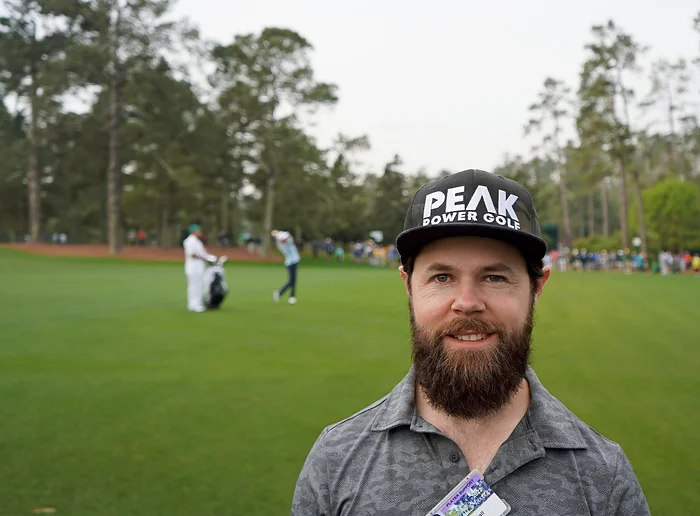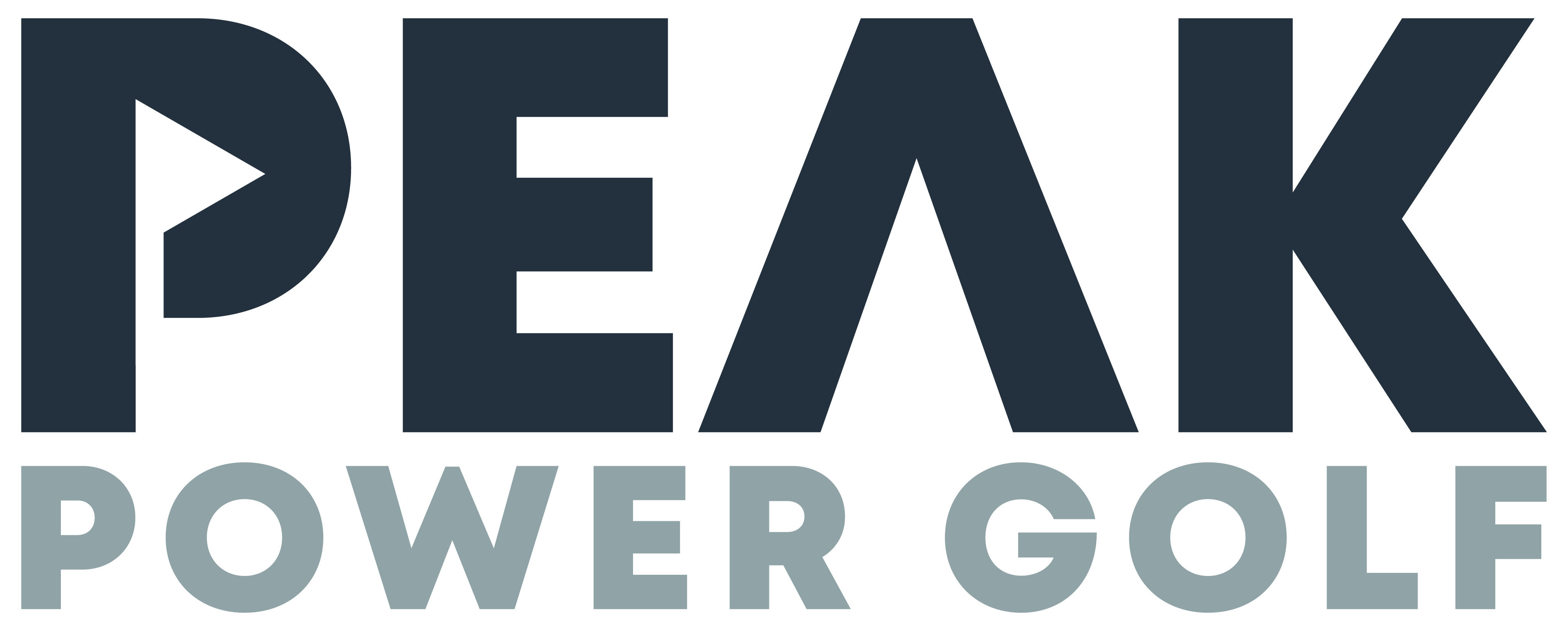Well, it’s that time of year. The Masters has almost arrived, and the entire sporting world is pumped for the Augusta National major to kick off.
As a high-performance coach on the PGA Tour, I’m particularly stoked for two of my athletes—Cam Smith and Luke List—who will be teeing up at Augusta National as winners on the PGA Tour in 2022. Cam won the Players Championship last month and the Tournament of Champions in Hawaii in January, the same month Luke triumphed at Torrey Pines. Luke lives in Augusta, Georgia, so the Masters is very special for him in that regard.

Cam’s victory at the Players was phenomenal and the stats show it. His average driving distance that week was 290.6 yards, which ranked 20th in the field. His average proximity to the hole was 35 feet, which ranked 14th. He gained 2.88 strokes on the field for his putting, which was just lights-out good. And then there’s the physical performance side of things, which I’m lucky enough to see. Cam was well-rested and I believe that translated into him being able to easily deal with the stop-start nature of the weather delays at TPC Sawgrass. Cam’s body was moving extremely well and that allowed him to be able to hit some clutch shots down the stretch, like that tee shot to close range on the par-3 17th in the final round (even if he pushed it a little!). Cam’s family were over from Australia, so the mind was happy and the body was in a great spot.
We’ll be striving to take that physical and mental performance from TPC Sawgrass to the Masters this week. When I’m trying to get a PGA Tour athlete’s body and mind ready for a tournament, I’m trying to achieve three things:
- Being injury free: Injuries take up mental energy. We don’t want an athlete having to worry about their movement patterns. If there’s an injury, it could impact on motor skills and the body could try to adapt during the swing to take the path of least resistance. That will impact on consistency and could stress other areas of the body.
- Being physically prepared: That means an athlete has trained well, has stretched well, is focused on their movement patterns and everything looks like it should.
- Executing solid warm-ups: We do 20 or 30 minutes’ worth of body checks. We go through a range of motion tests, muscle activations and active warm-ups to ensure preparedness for when they start hitting balls on the range.
When it comes to the Masters, there are certain variables we need to account for—from a physical standpoint—compared to other tournaments and courses. Because it’s a major, the intensity is elevated, and so good sleep is crucial to a golfer’s cognitive state. Their bodies are also going to be doing a lot of walking and Augusta National is extremely hilly on a majority of the holes.
Cam will play practice rounds at Augusta National on Monday, Tuesday and Wednesday before the tournament starts. That is probably extra golf for him compared to what he’s used to in regular tournaments, which means that his legs are going be a little heavier. That likely means some more recovery work for me. We’re going to make sure his hydration’s good, because it’s spring and it’s starting to get warmer. Other than that, we try not to introduce too many new or different protocols and prepare for this event just like we do other tournaments.
Warm up
We still go through all our orthopedic and musculoskeletal tests before a tournament round. We’ll go through a stretching routine in the morning. We’ll do an active warm-up with some band work, some hip stability exercises and some core exercises to engage the core muscles. Then, just before we send him off to the range, he’ll do some last-minute power moves, in the form of counter-movement jumps, to make sure he’s being monitored throughout the week.
Recovery
With any PGA Tour athlete, I’ll go through a recovery routine that starts with checks and balances and ends with a ‘flush rub’, or massage therapy. If there are any imbalances, we’ll try to correct those first. Then, we’ll look at the recovery side of things, which will be different at Augusta due to the added intensity of the walk and probably a few more balls being hit than normal. We’ll do that by getting the legs freshened up and trying to get the back freshened up with some soft tissue therapy.
For Luke, who is 37 and a more mature athlete, we must monitor the load on his upper body a little more than Cam because he’s a taller guy with big levers. Luke’s is a similar program to Cam’s but slightly more individualized based on his needs.
That’s what it takes to prepare an athlete for the rigours of Augusta National during Masters week. It’s all worth it to see these guys living out their dreams of playing the Masters. I’ll be working hard to make sure they’re as physically prepared as possible and deal with any issues that may come up during the week.
Cheers, Nic Catterall
About Nic Catterall/Peak Power Golf
Nic Catterall is an Australian high-performance coach, specializing in strength and conditioning, musculoskeletal therapy and sports science, for professional golfers on the PGA Tour in the U.S.A. Nic works with Cam Smith, Luke List, Matt Jones, Dylan Frittelli and Hank Lebioda. Nic created the Peak Power Golf company to educate about the athleticism of golfers and what they are capable of. Peak Power Golf provides online training, athlete mentoring and athlete assessments.

Leave a Reply